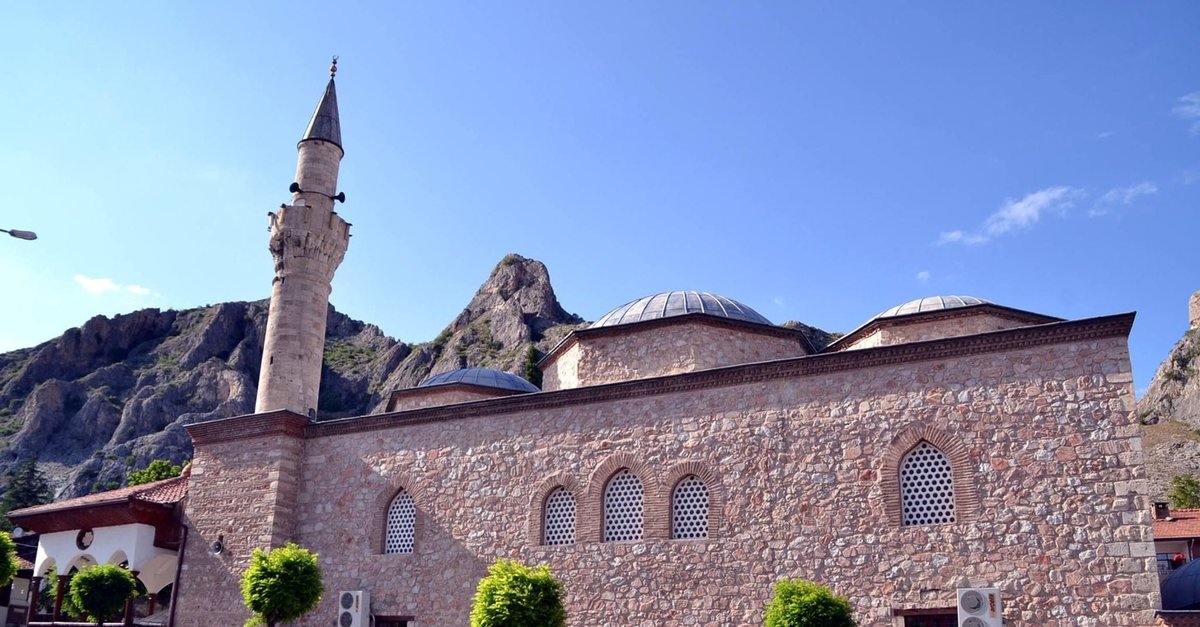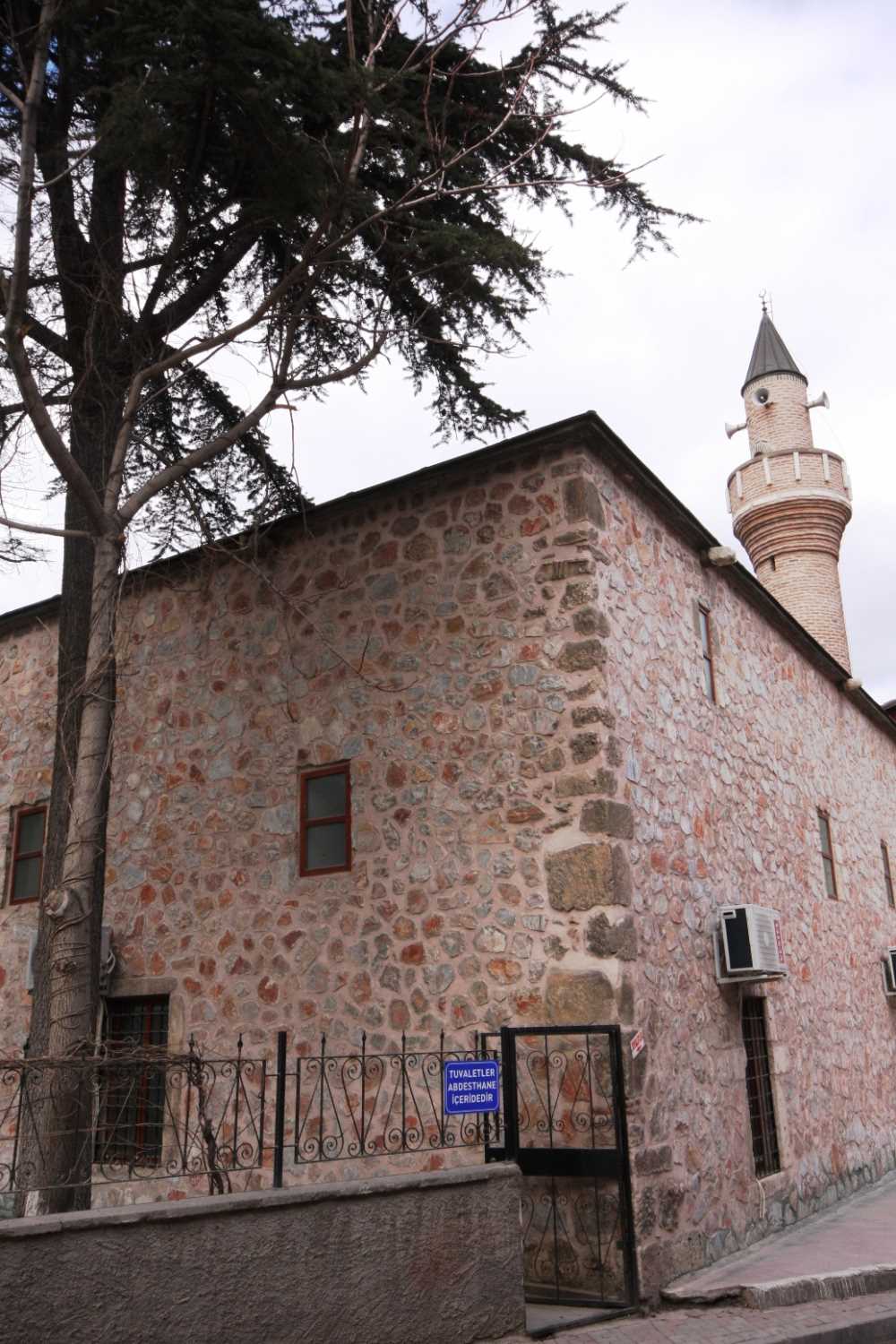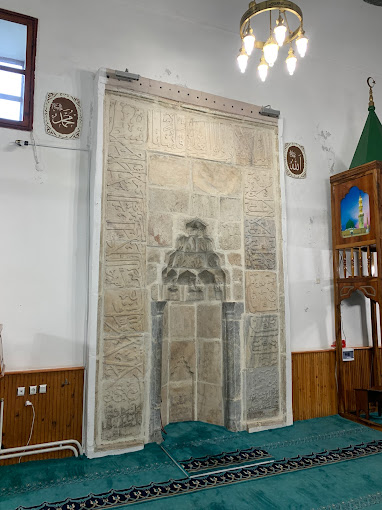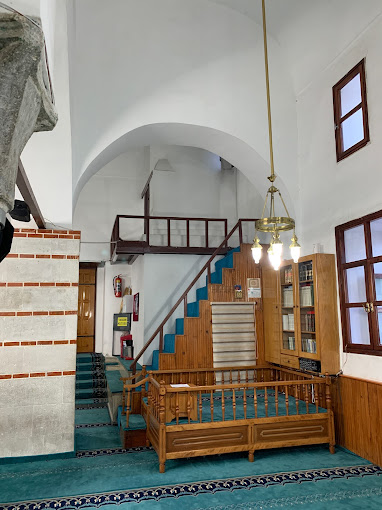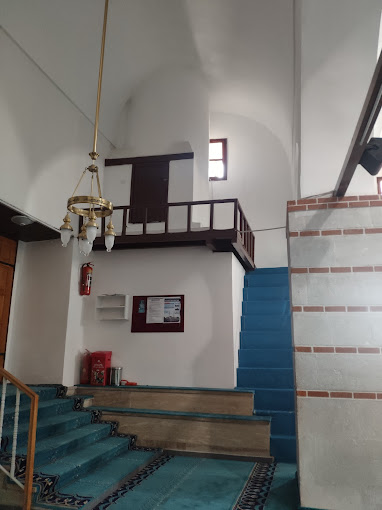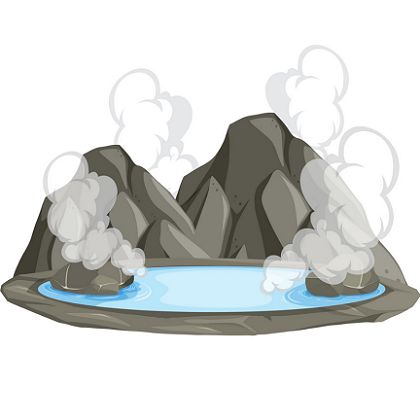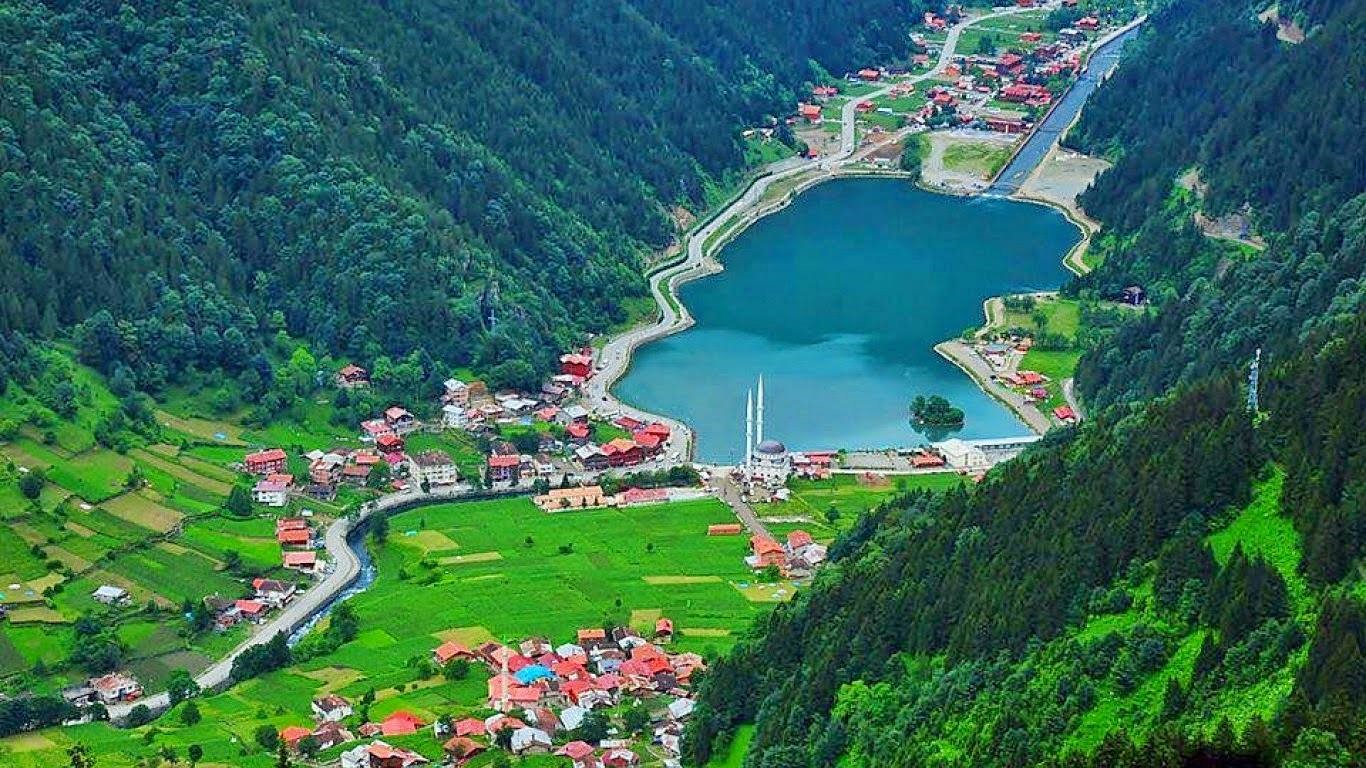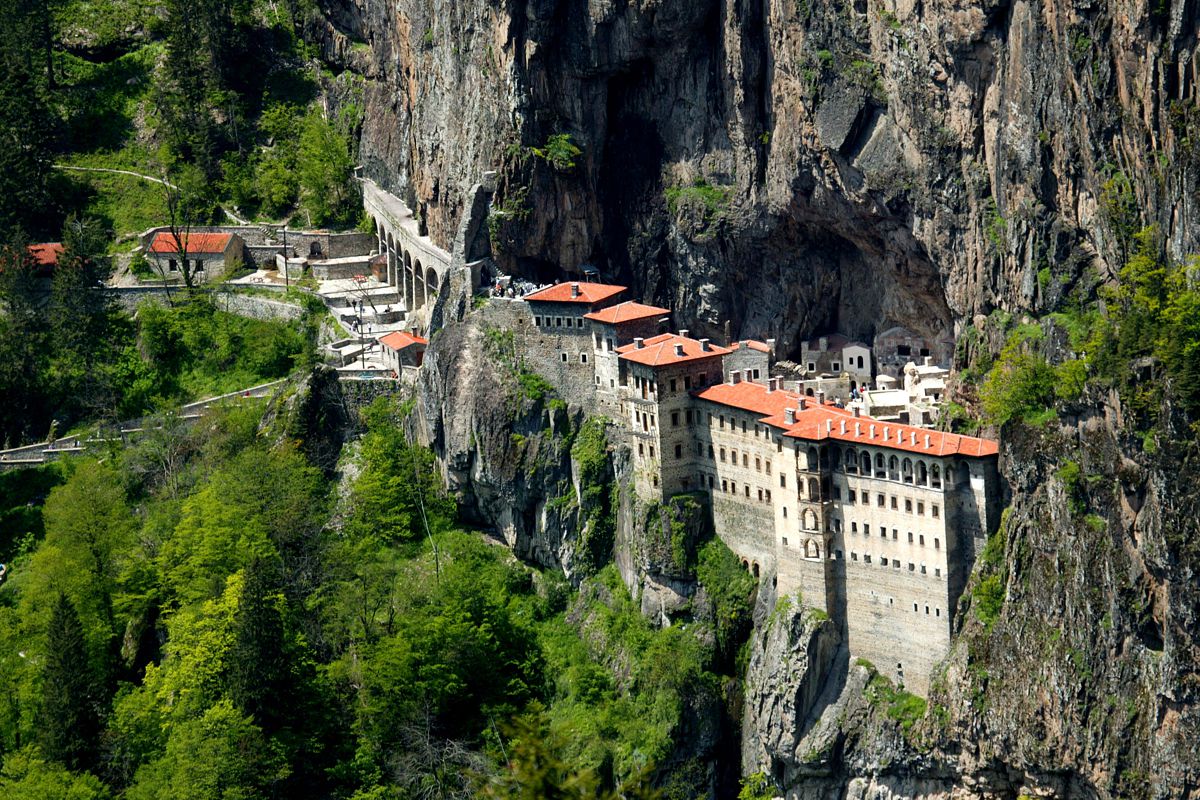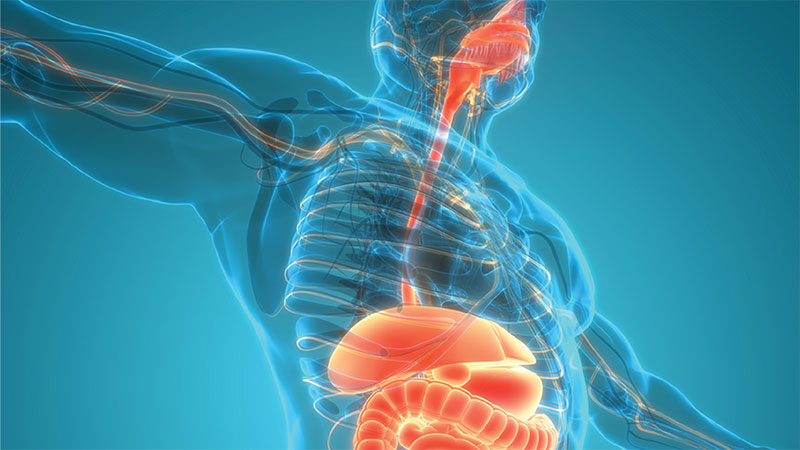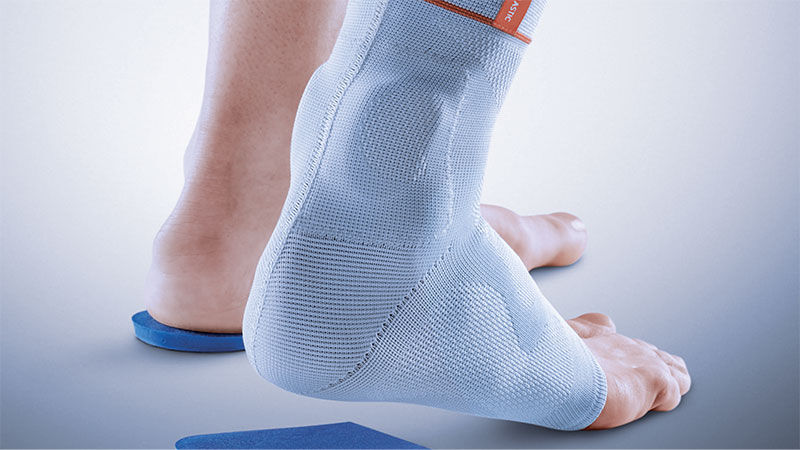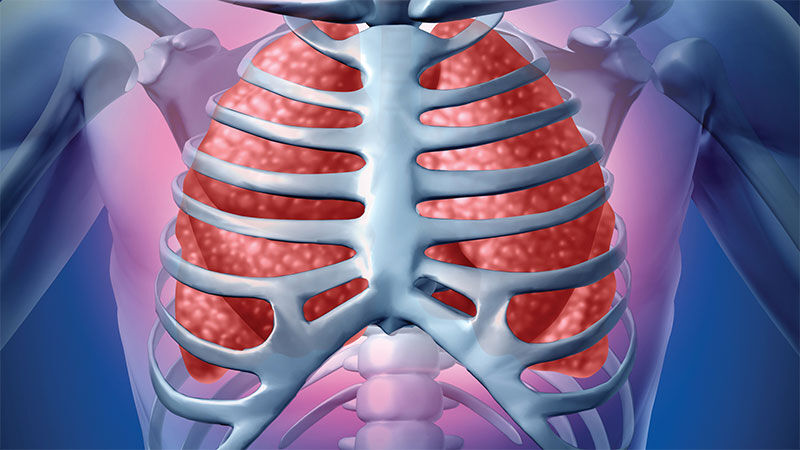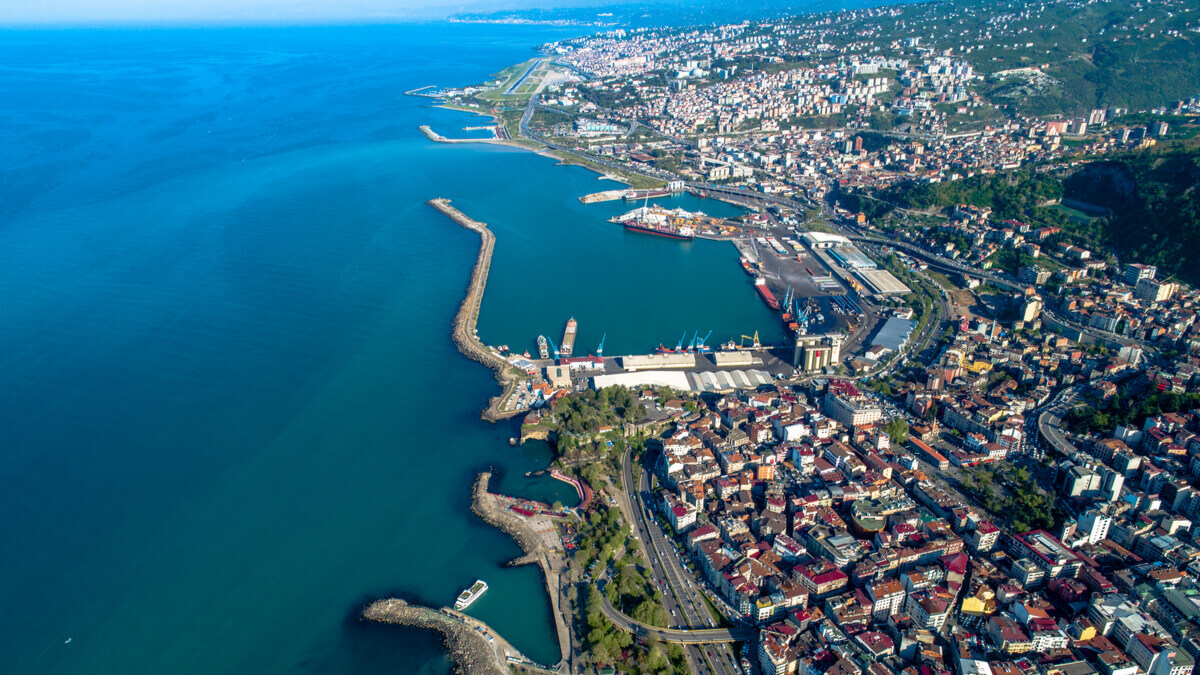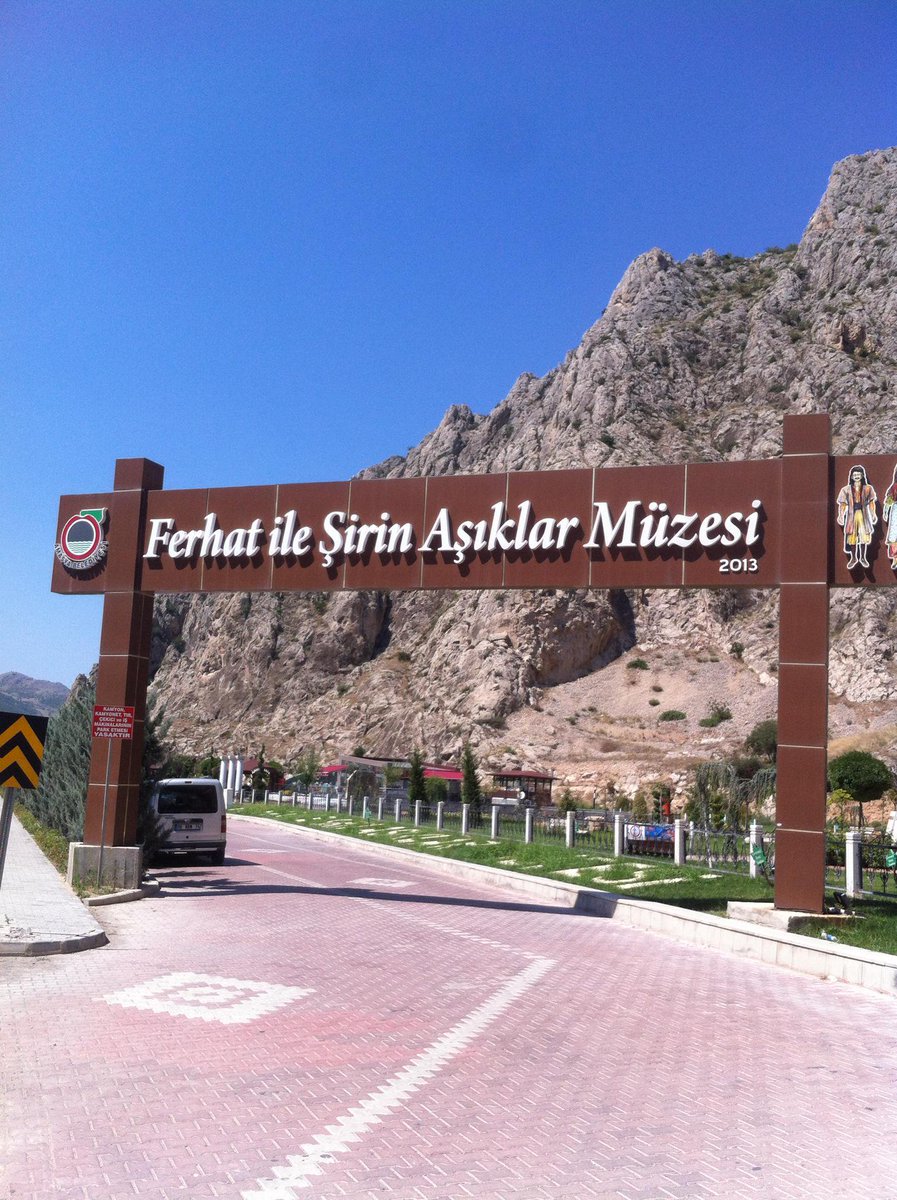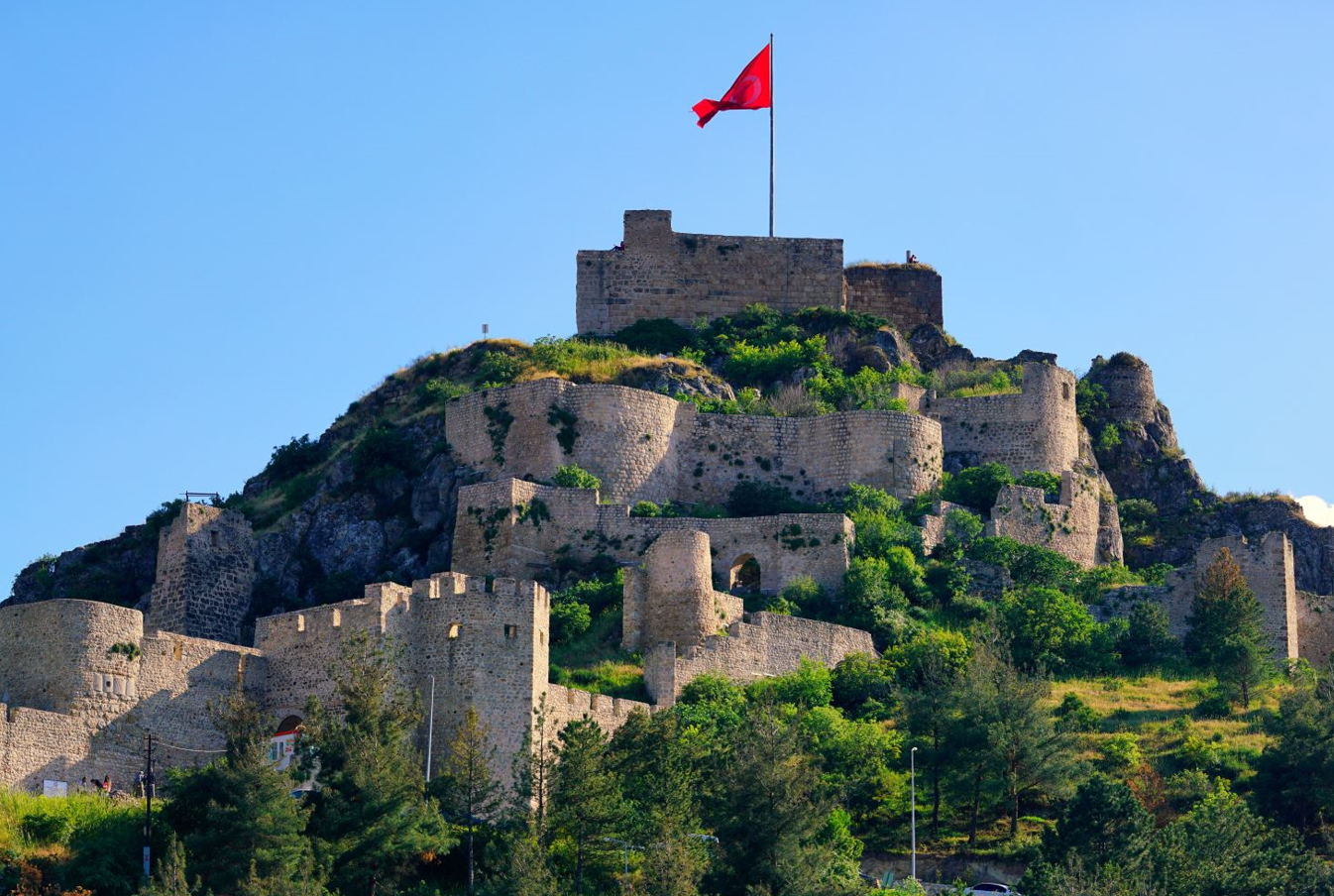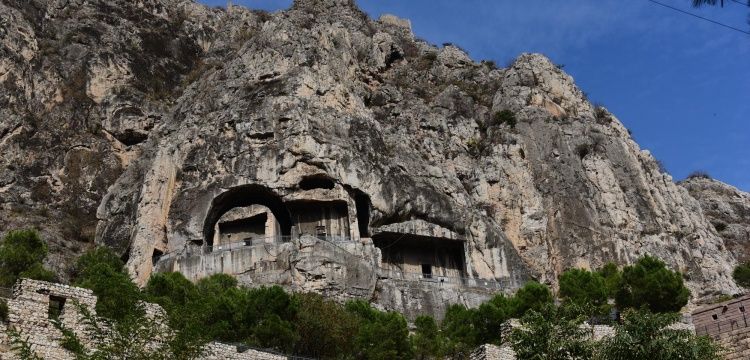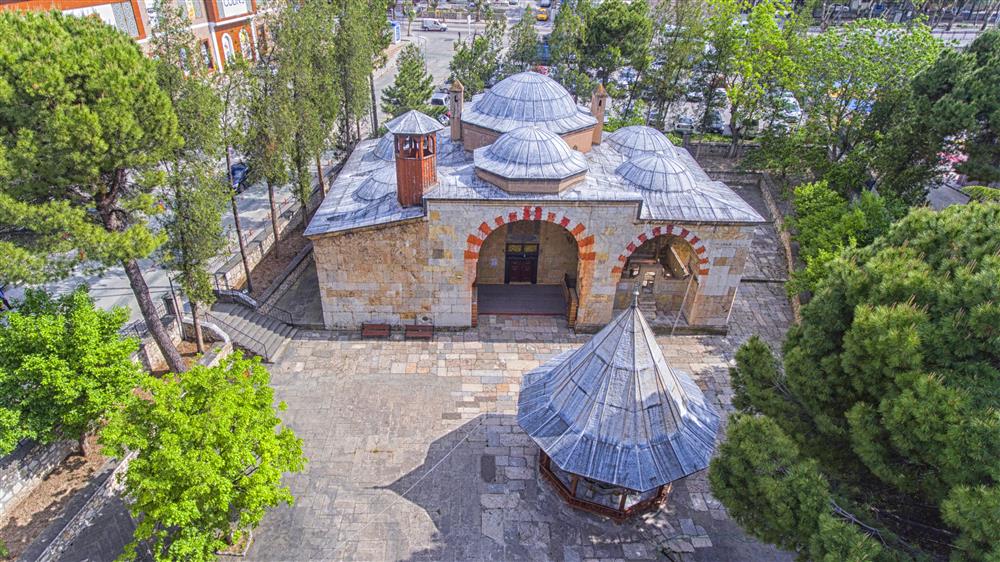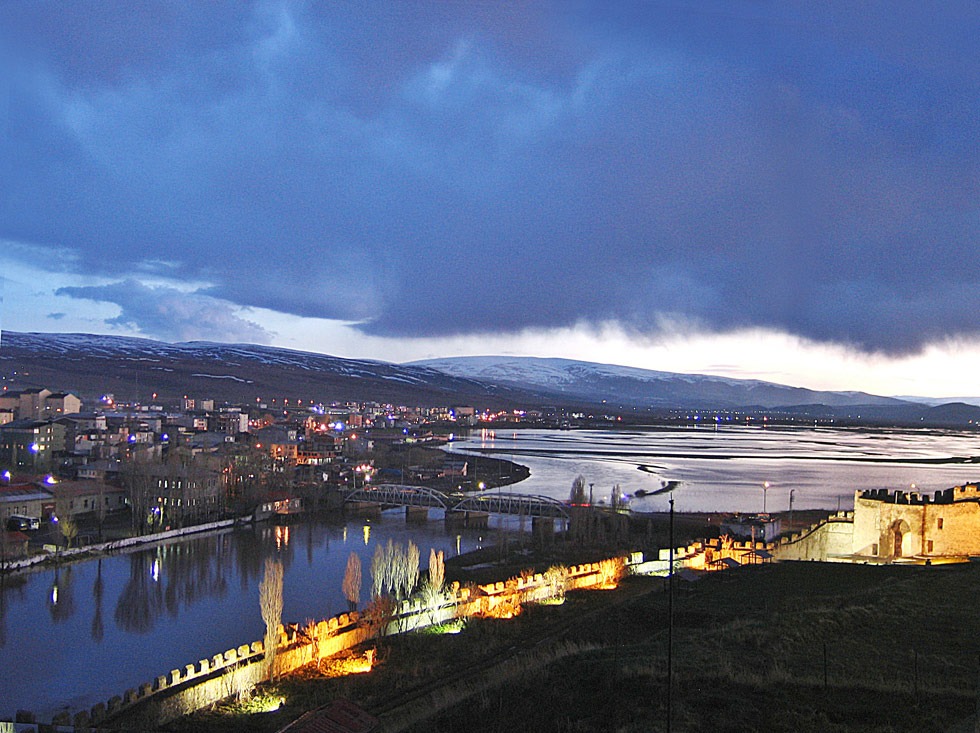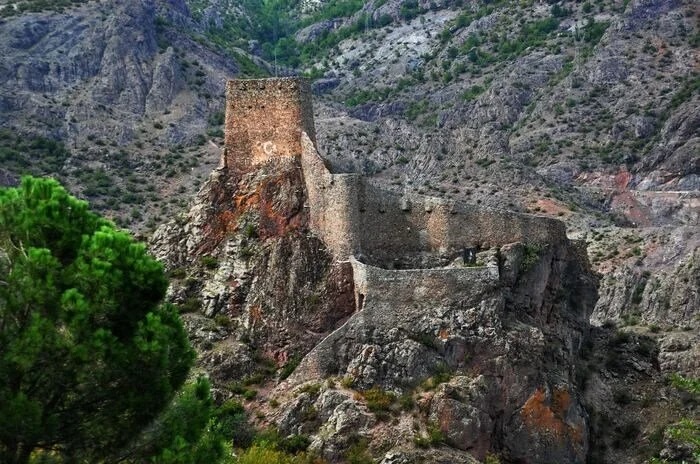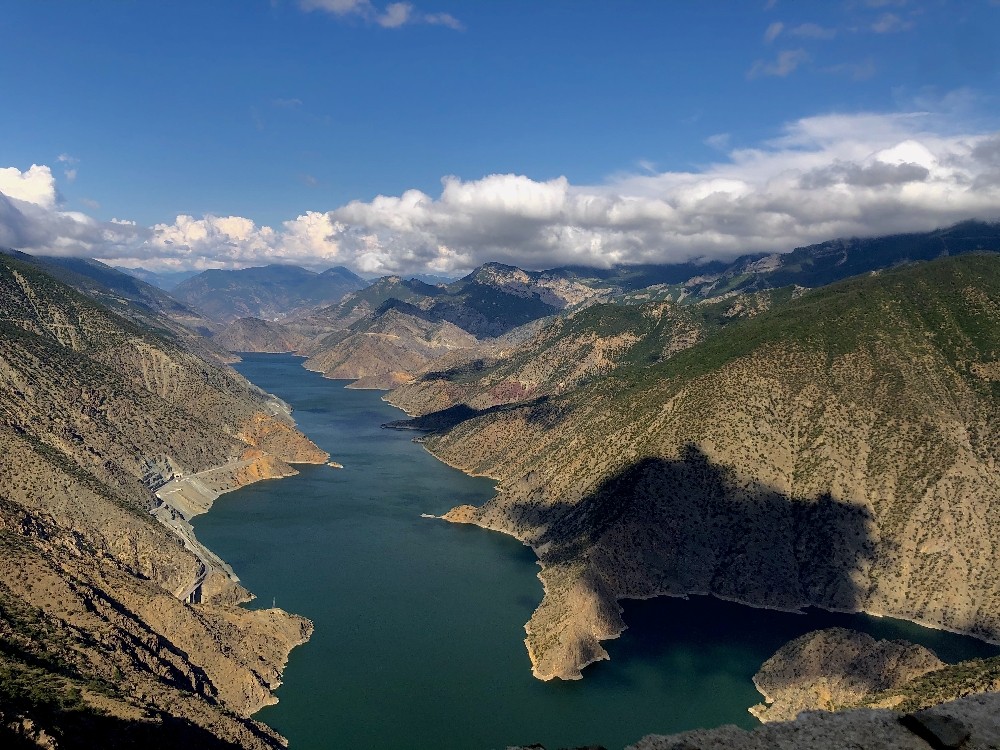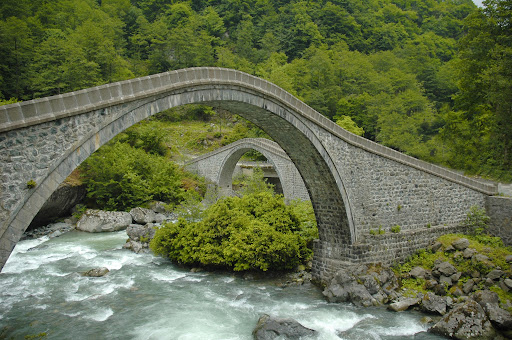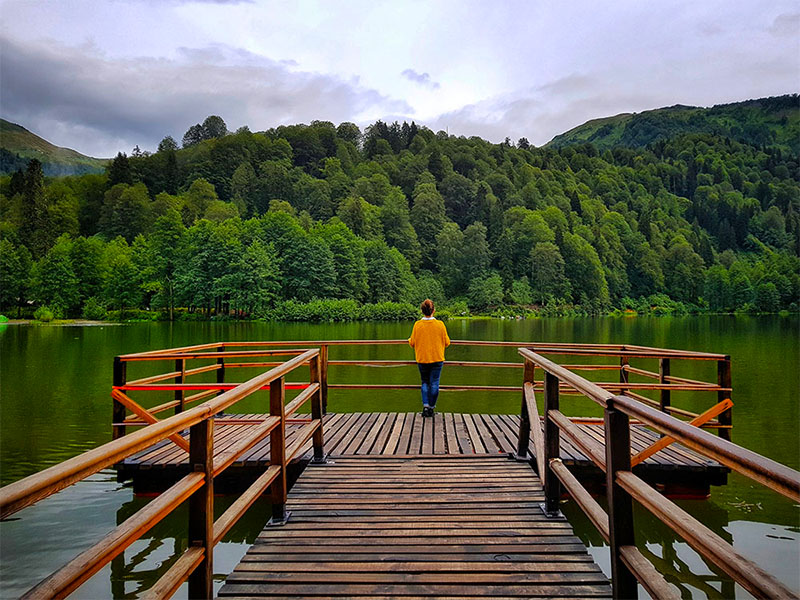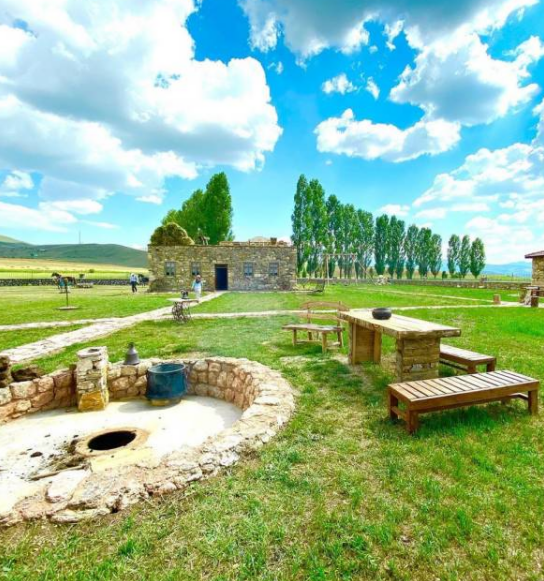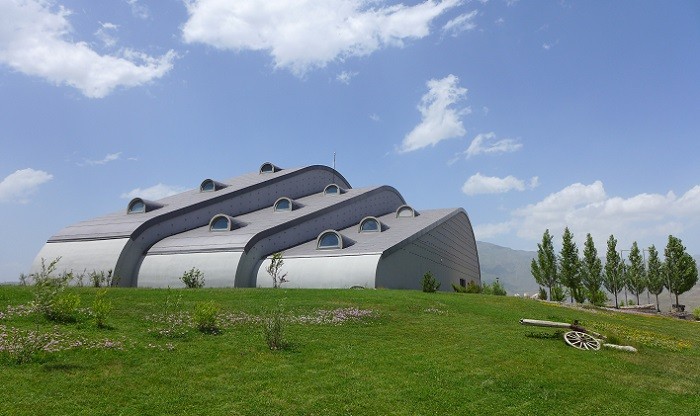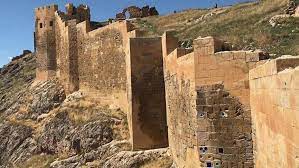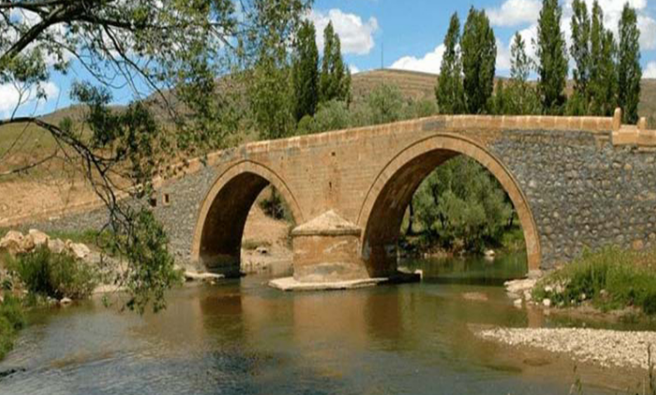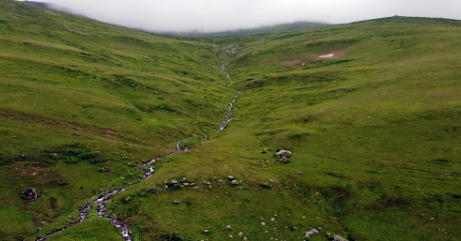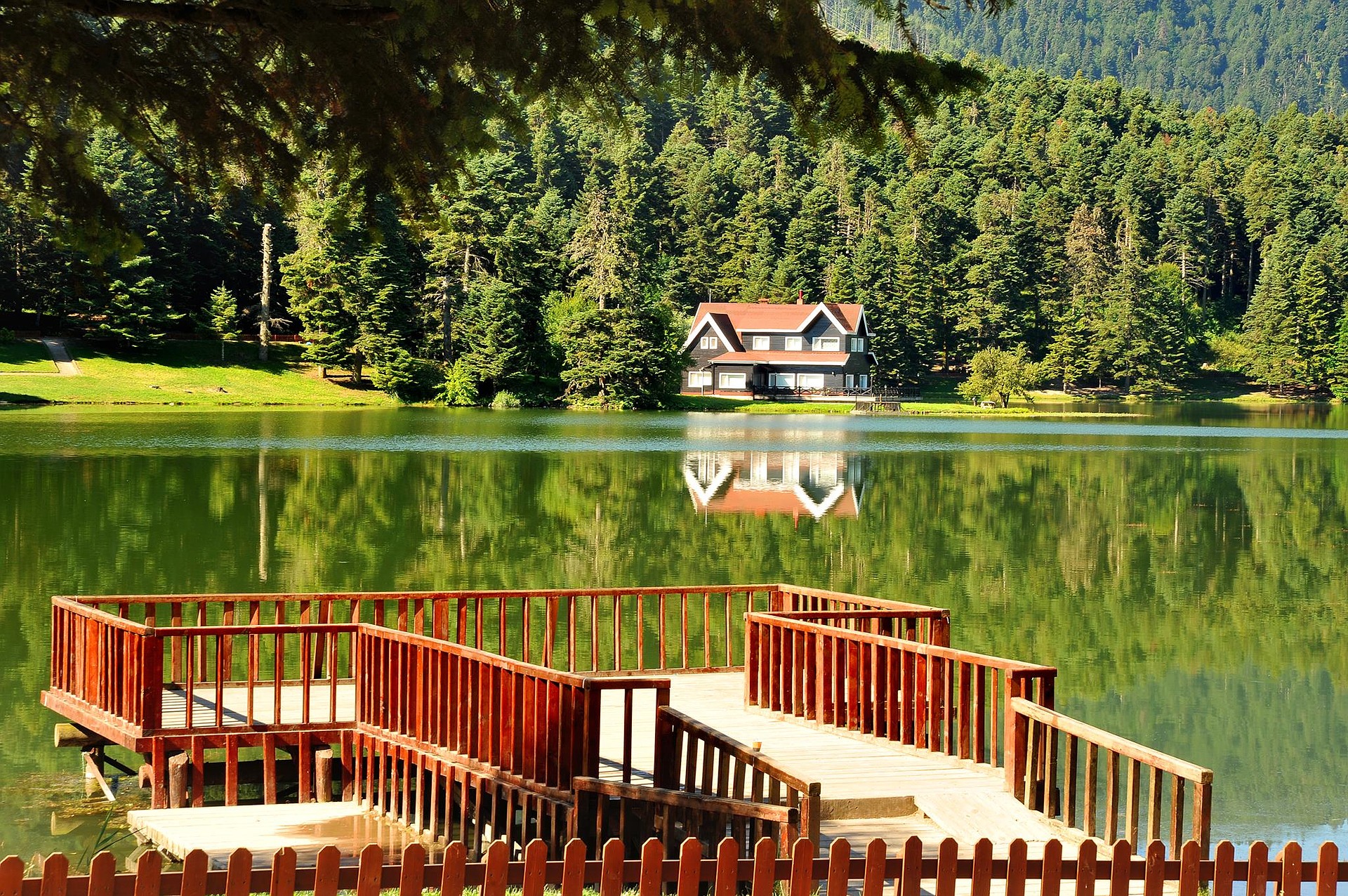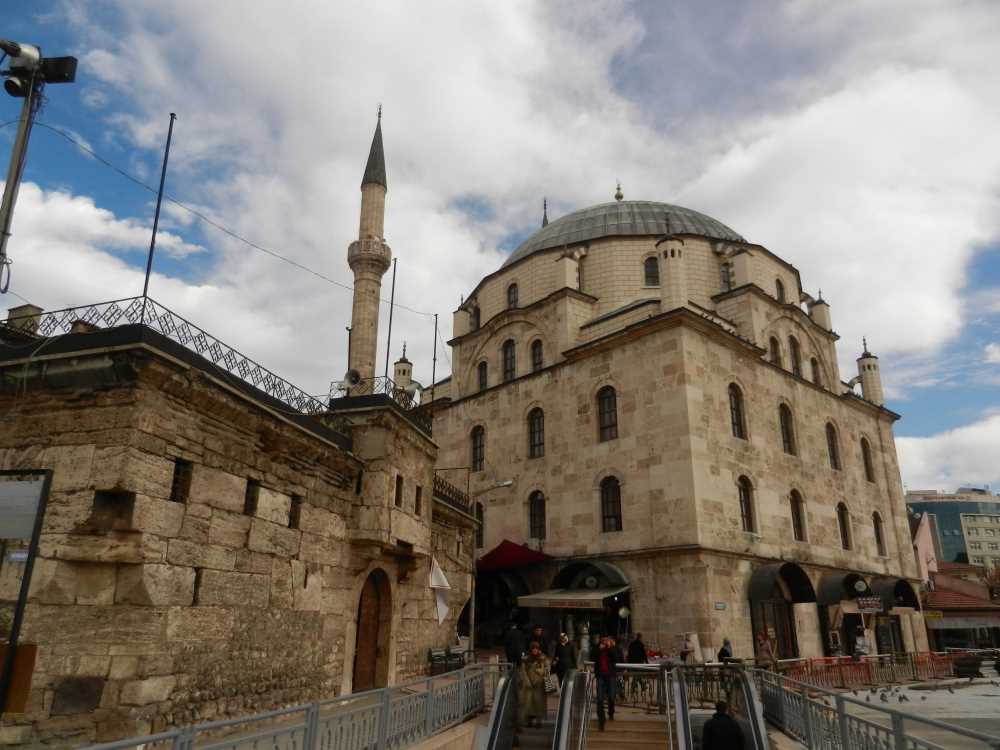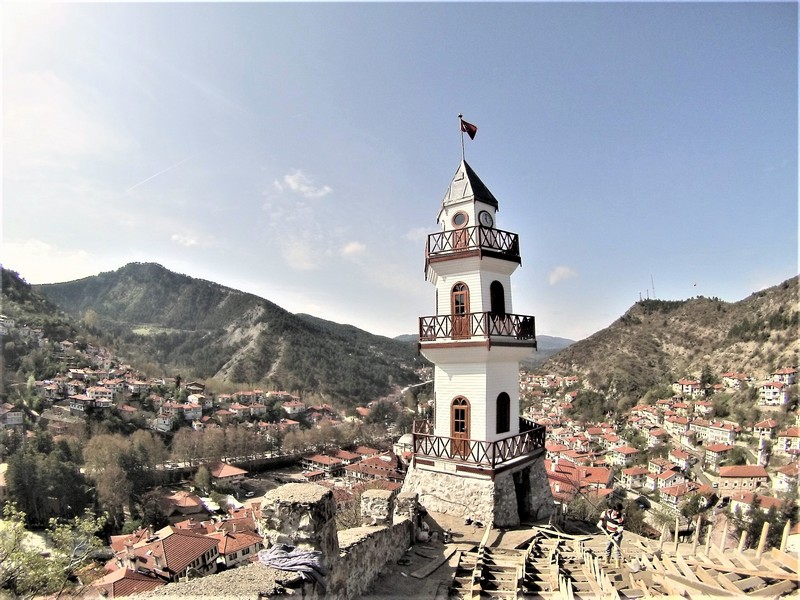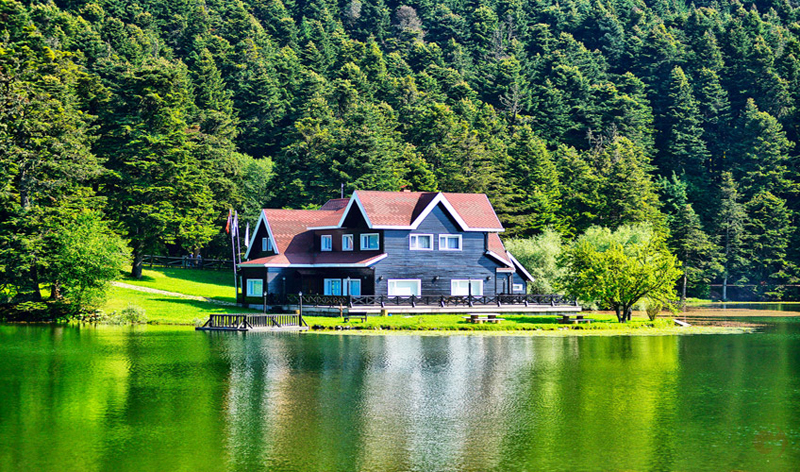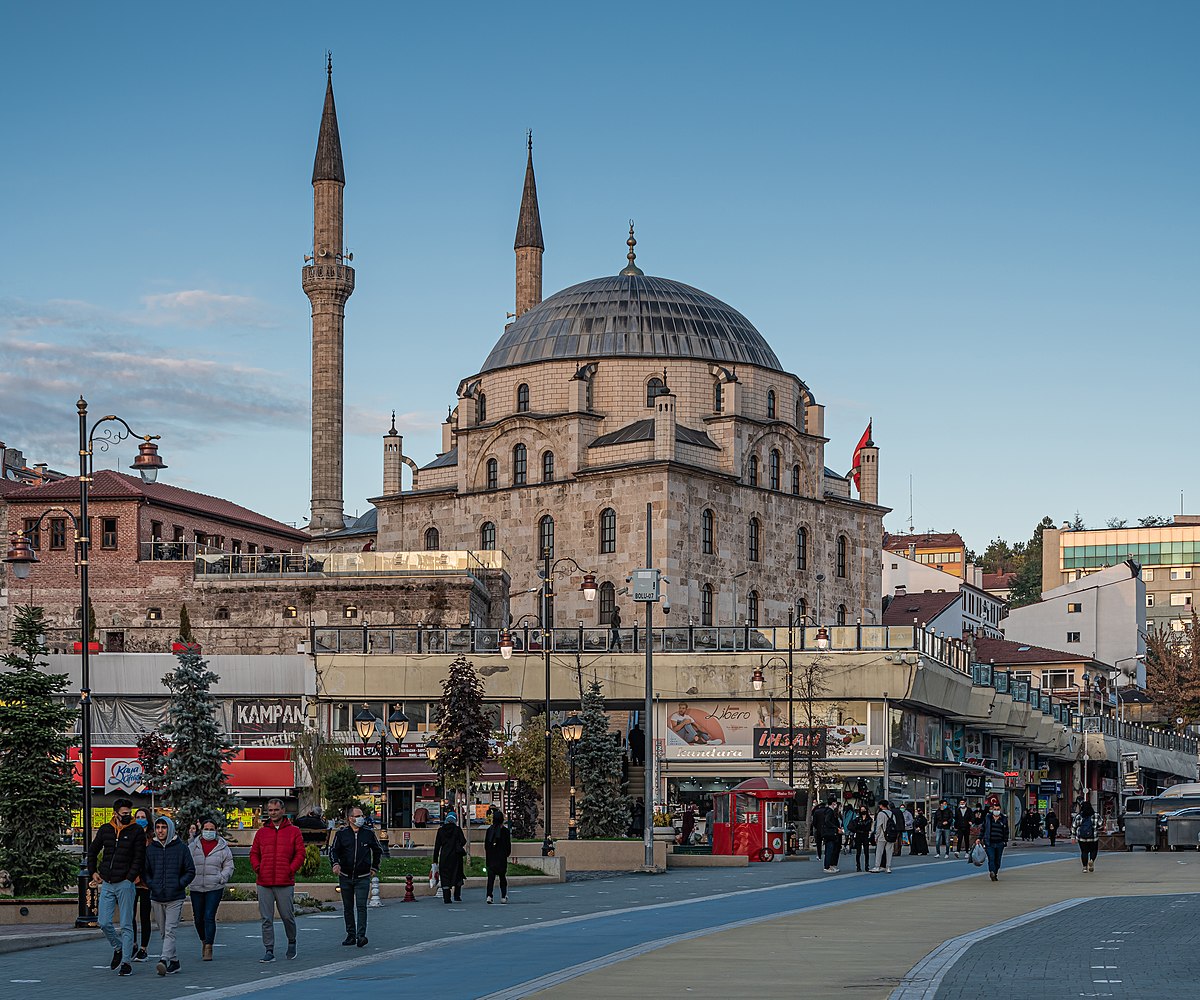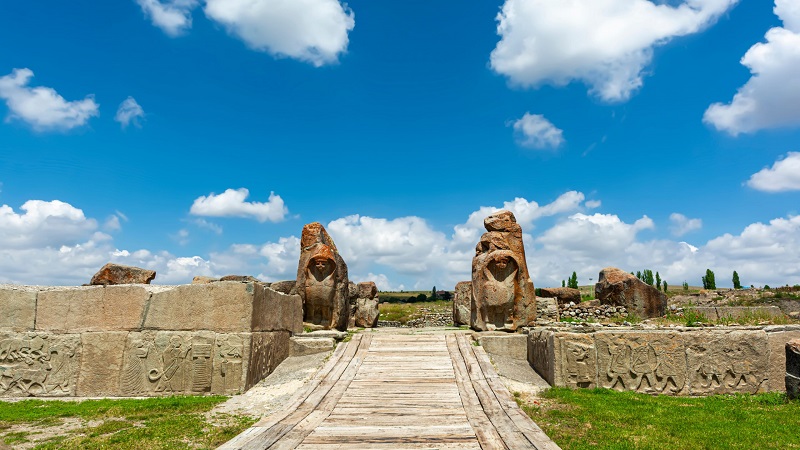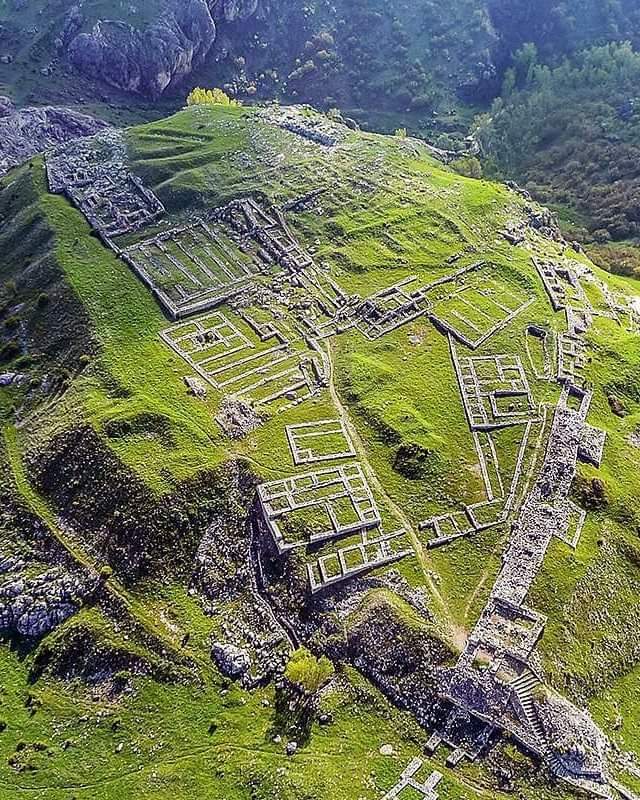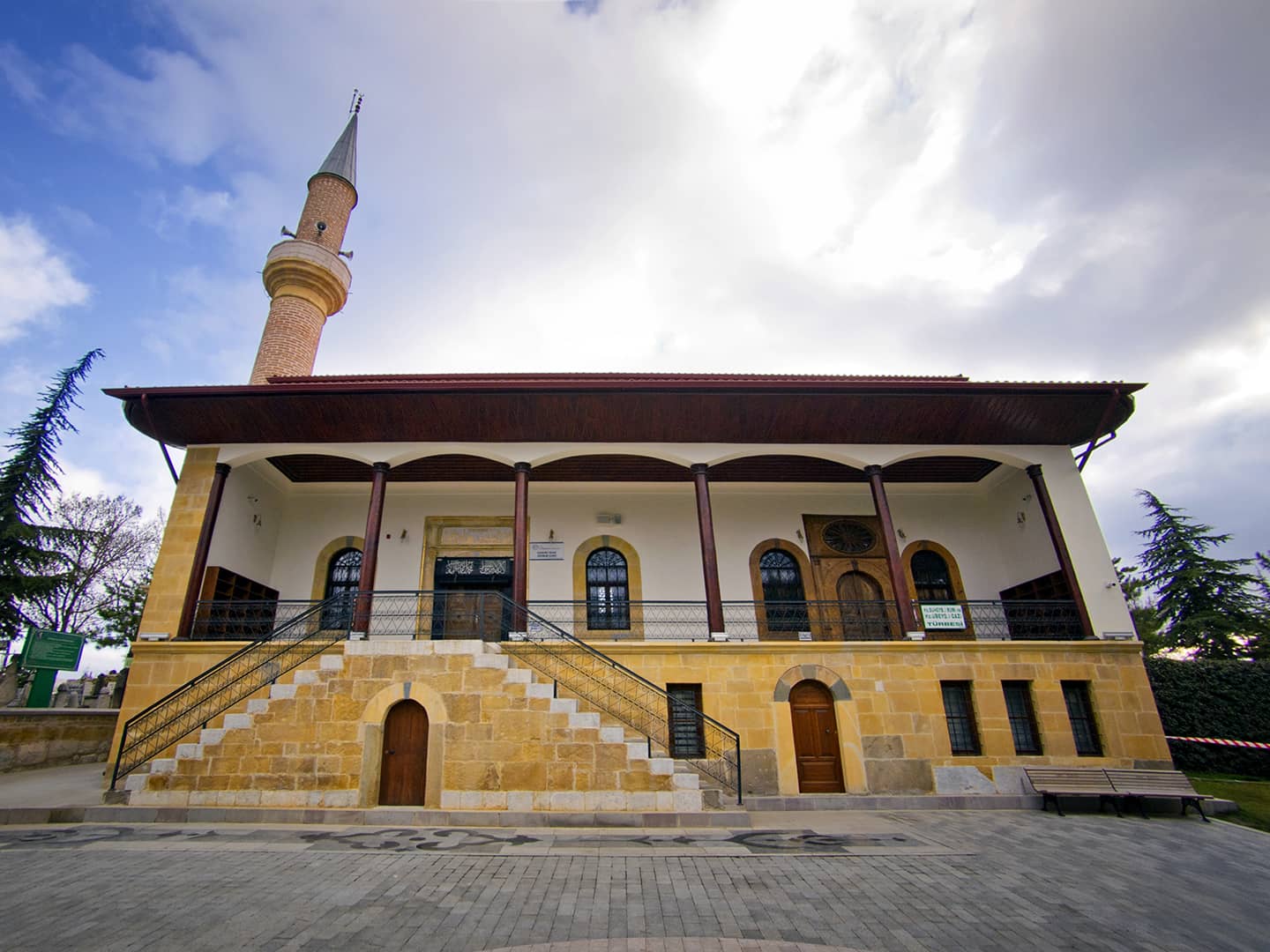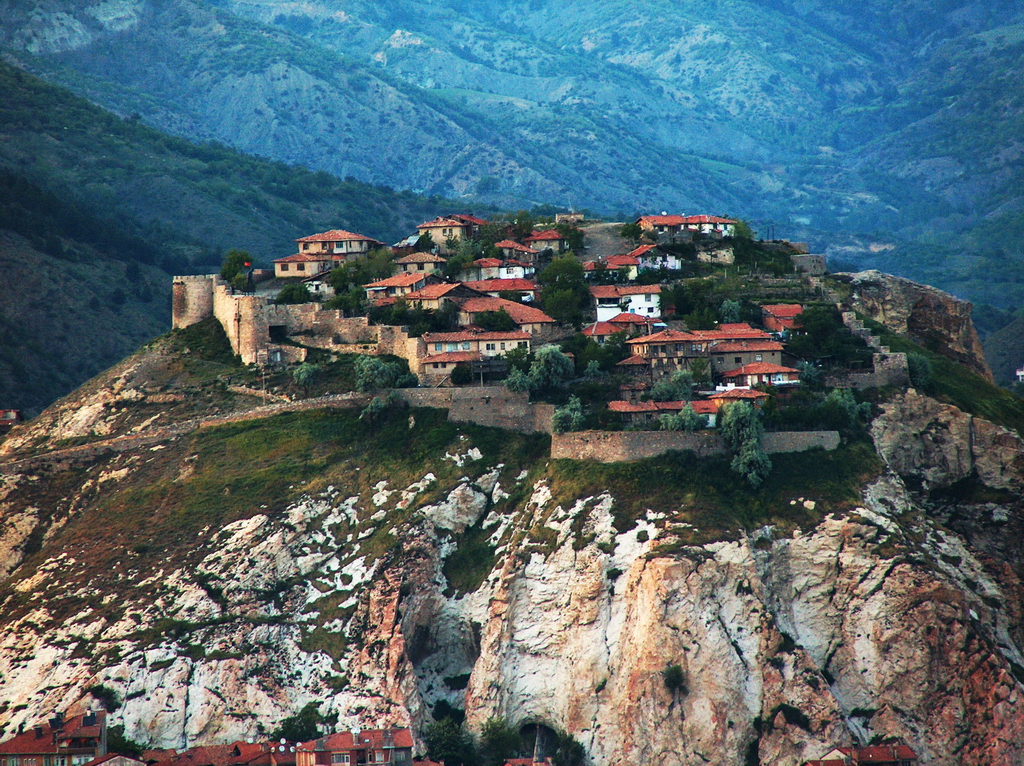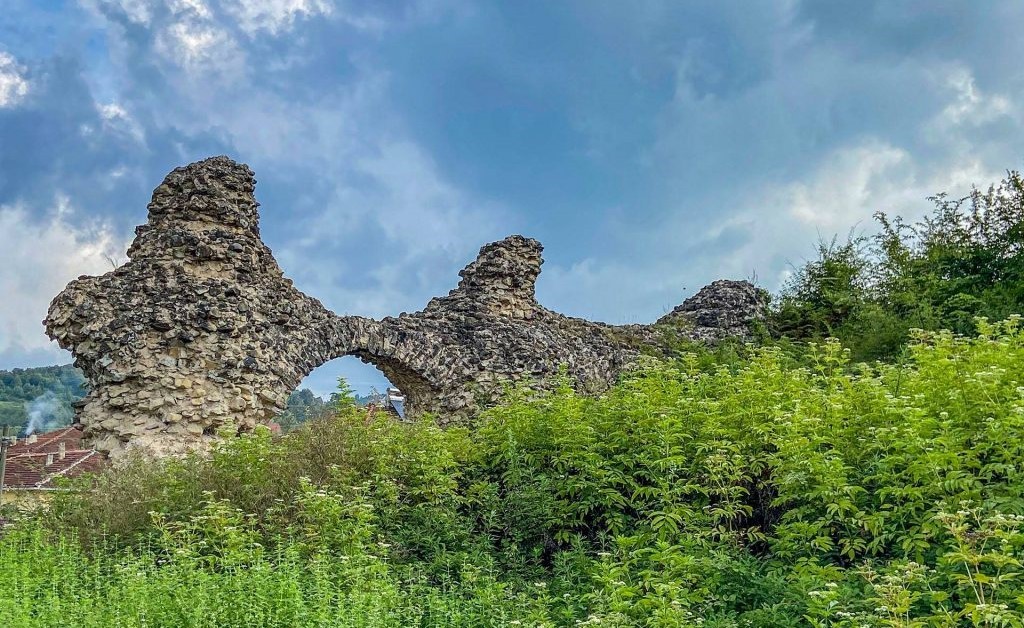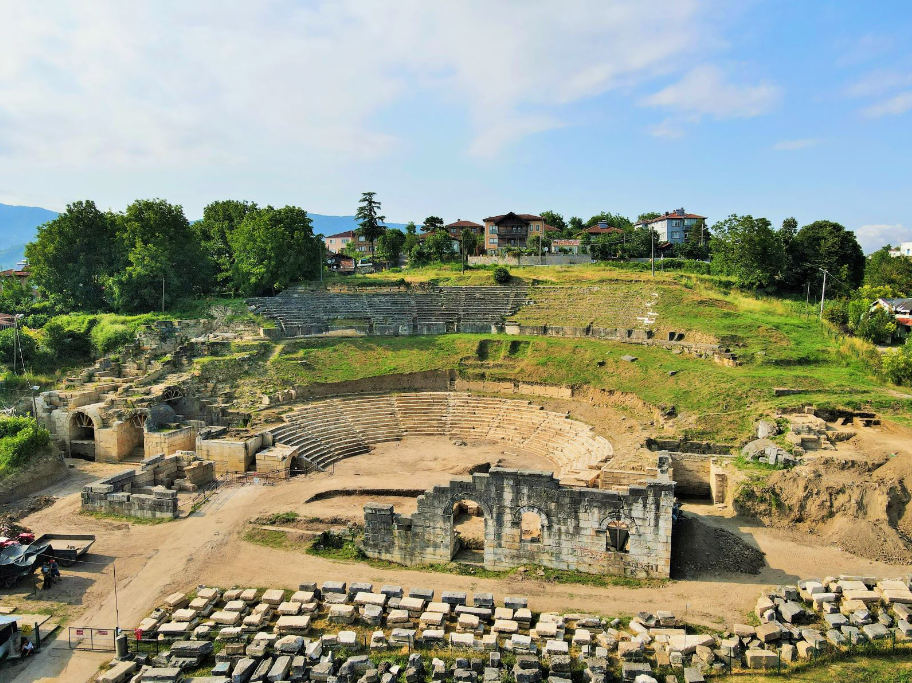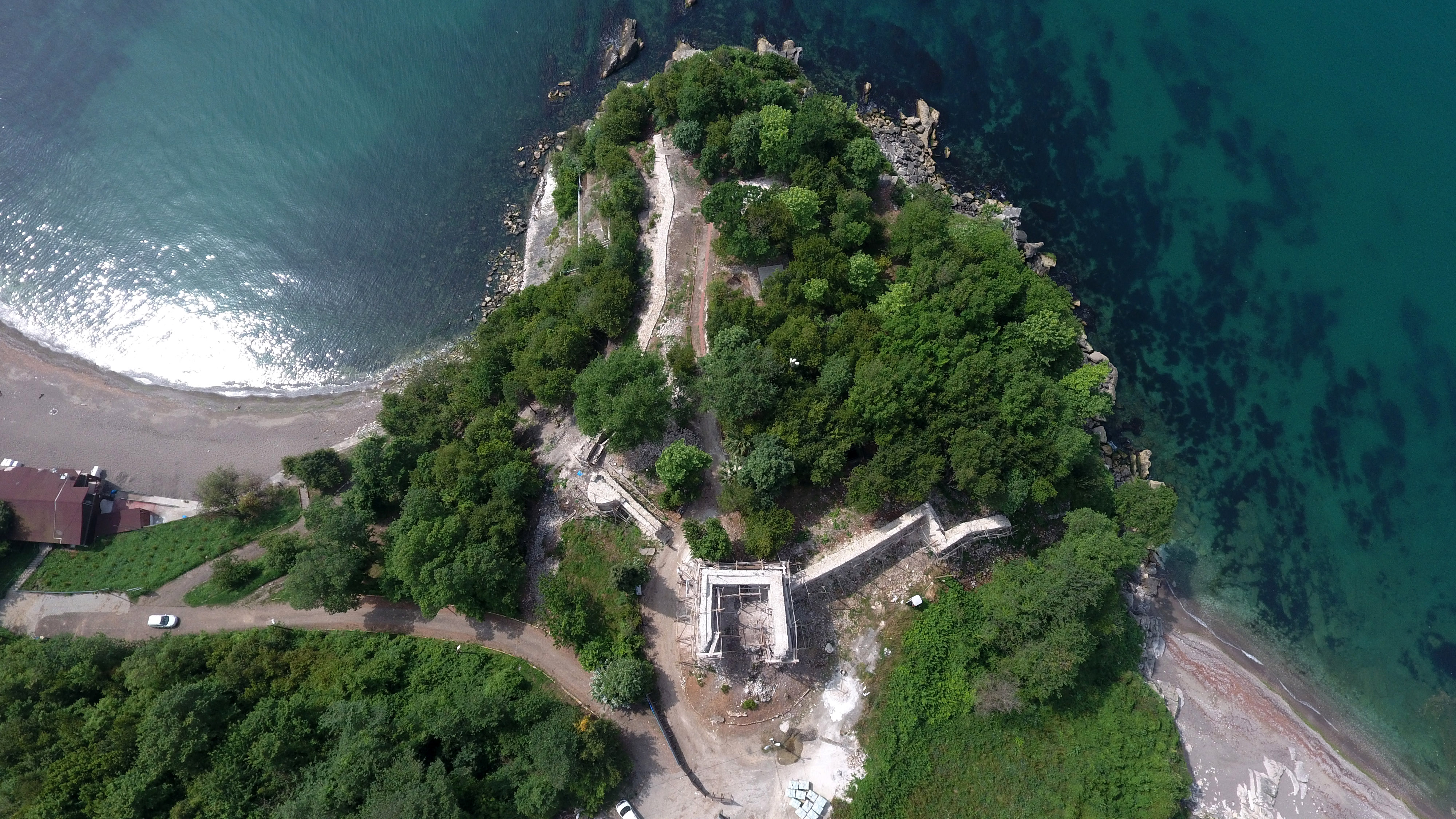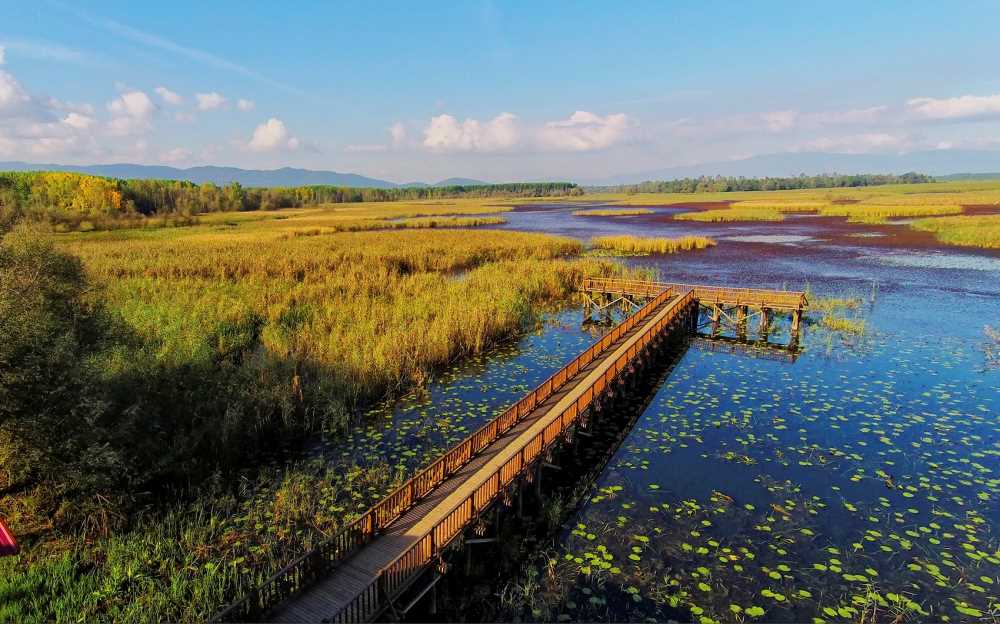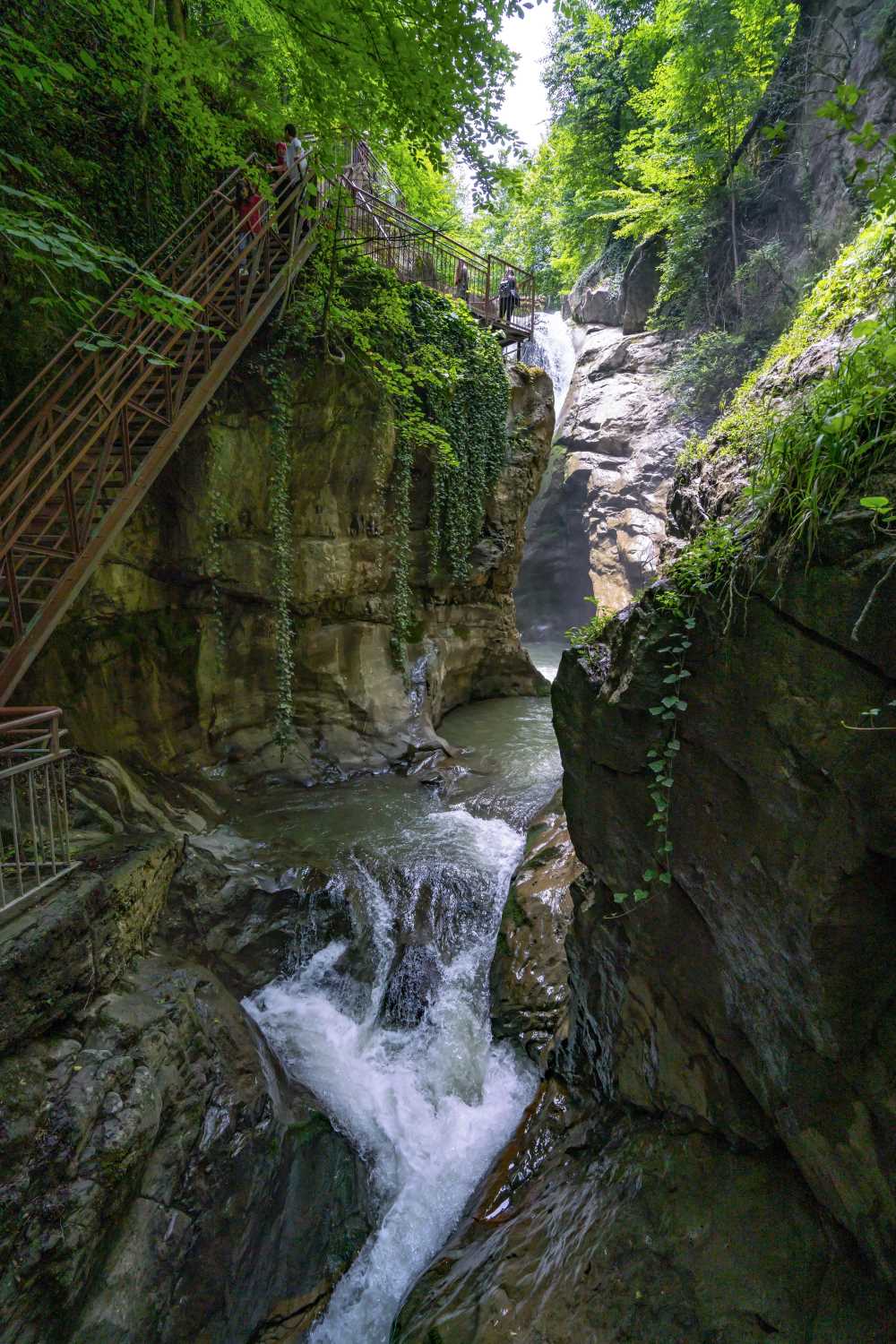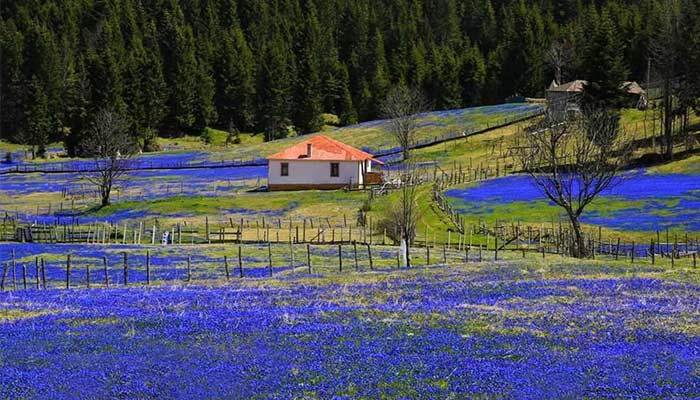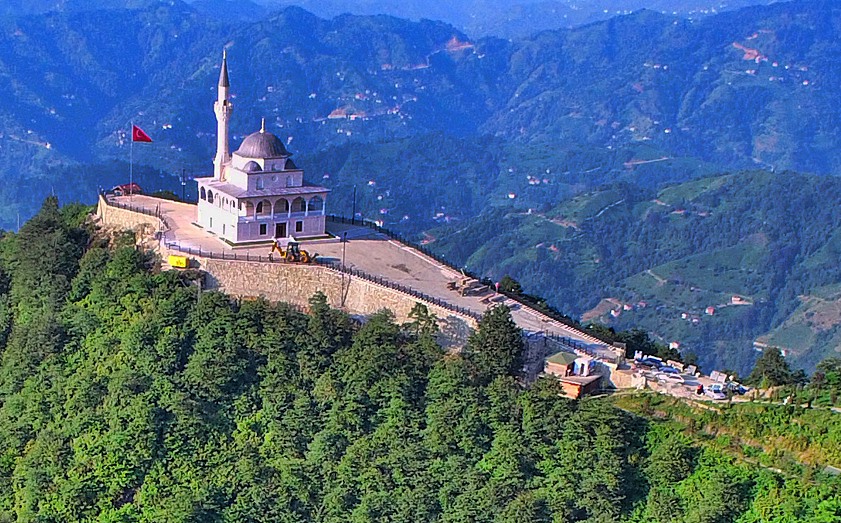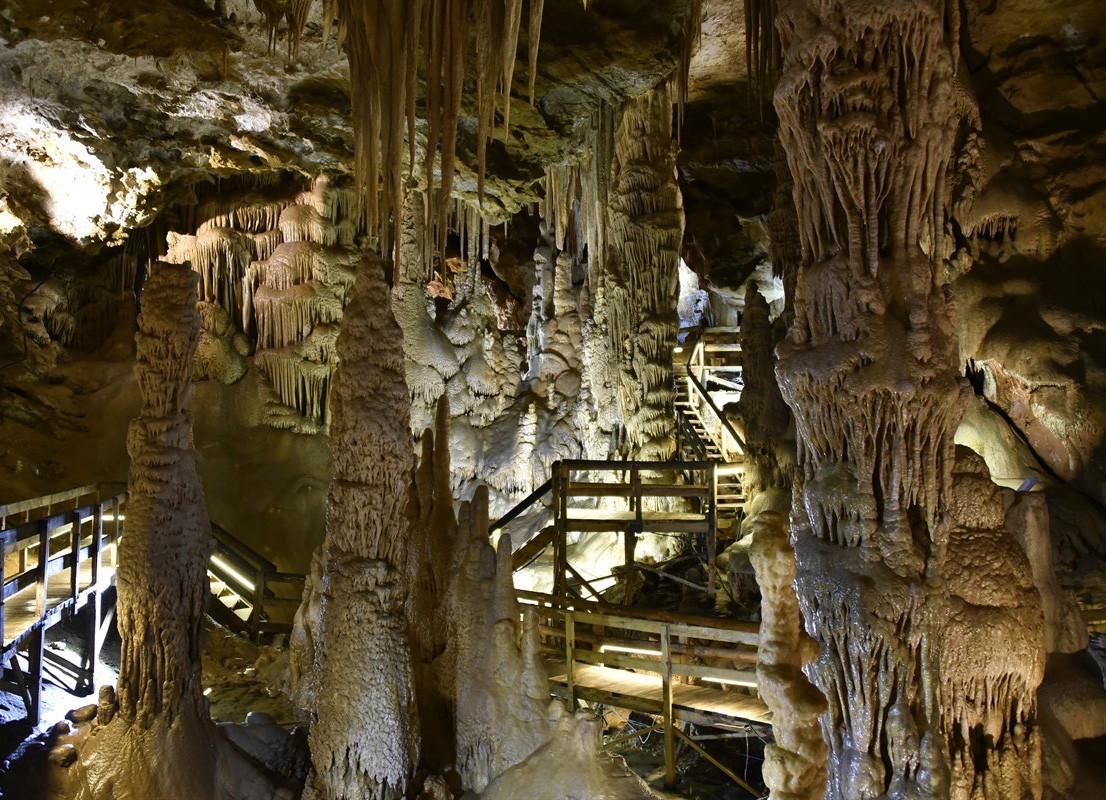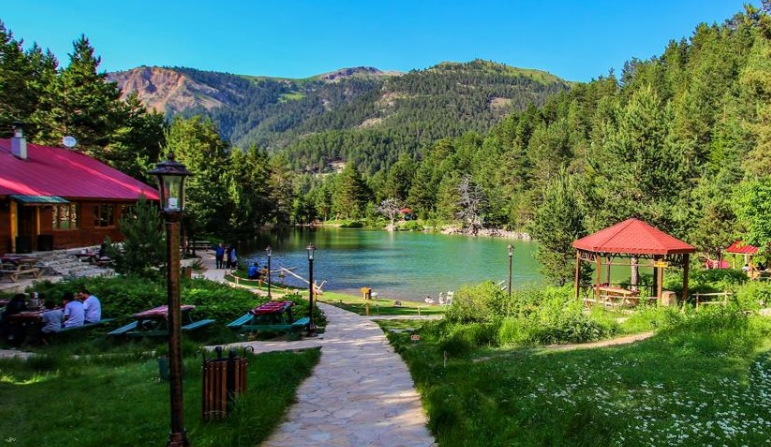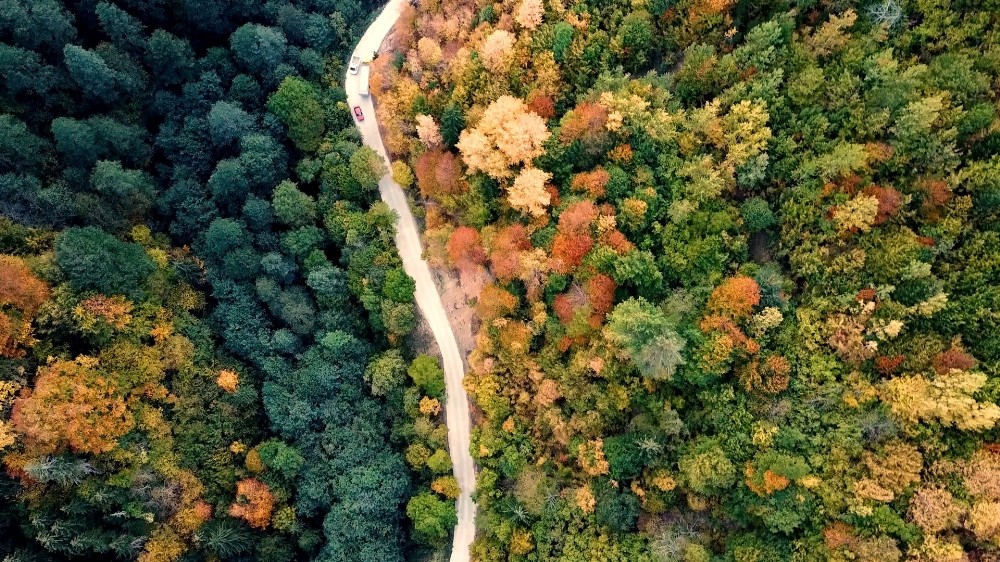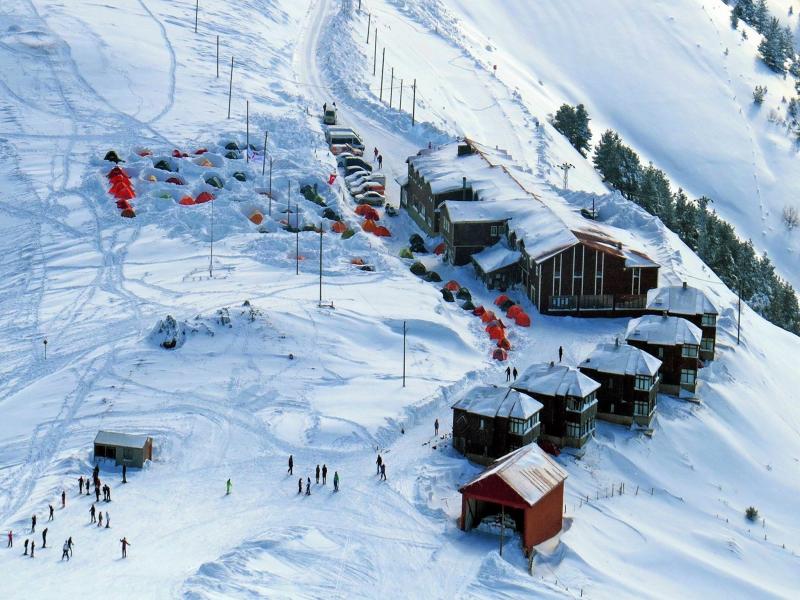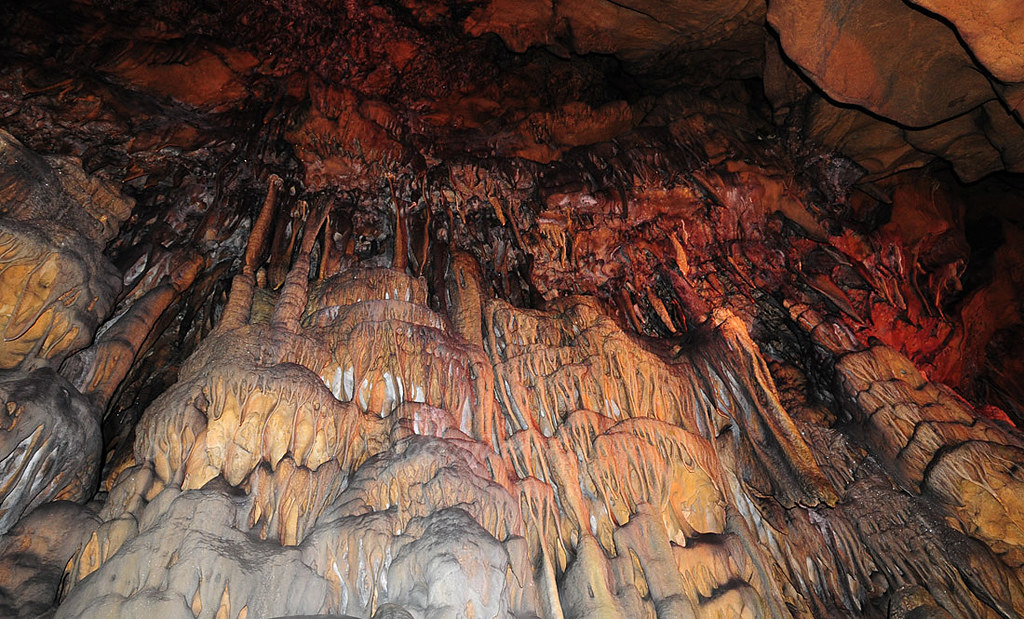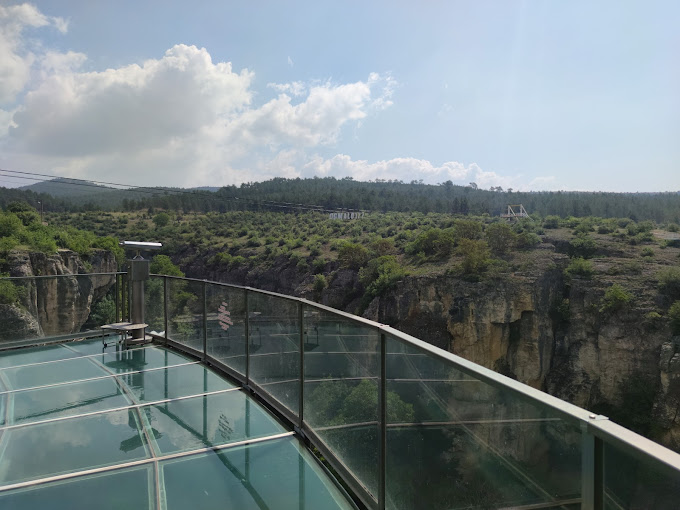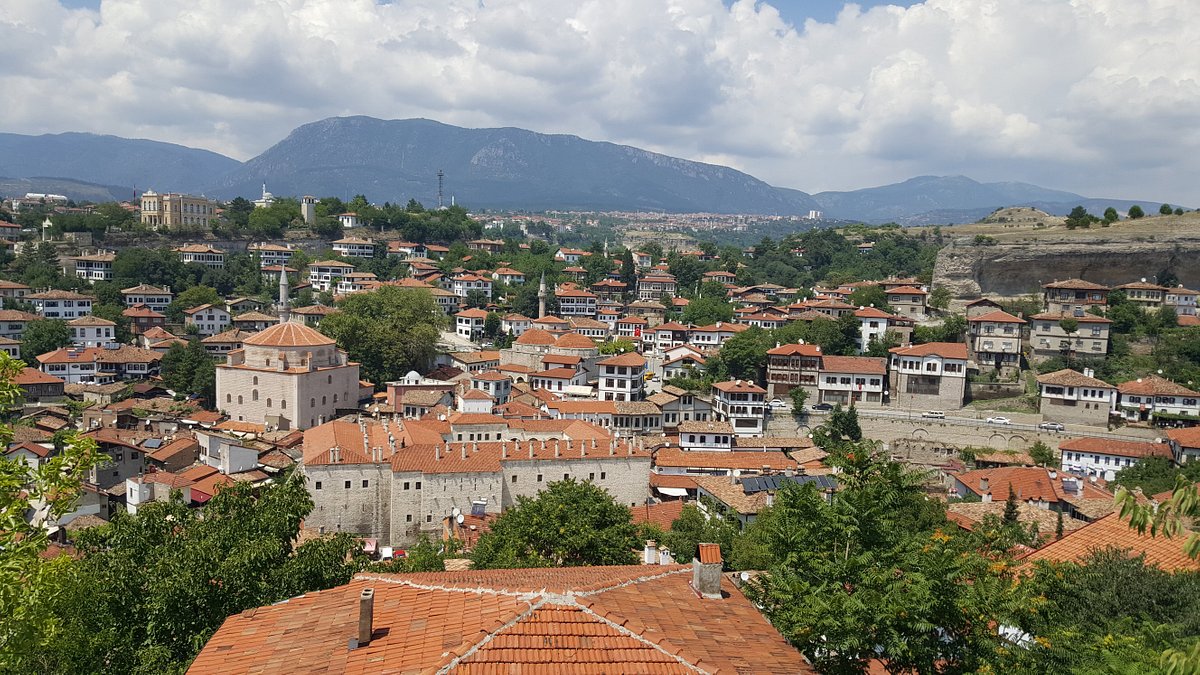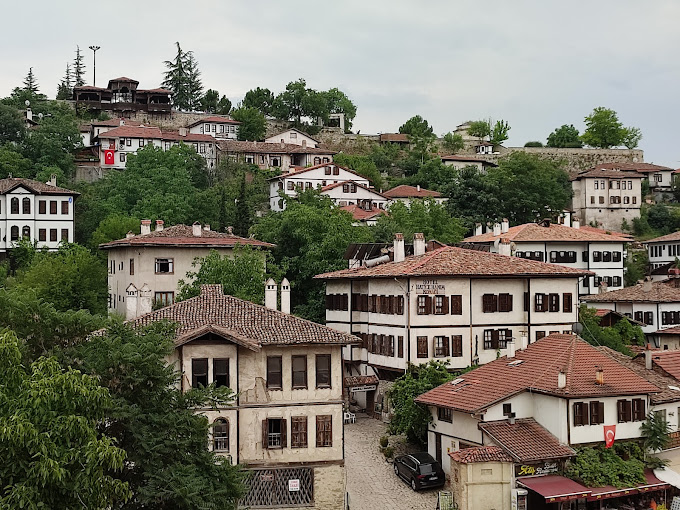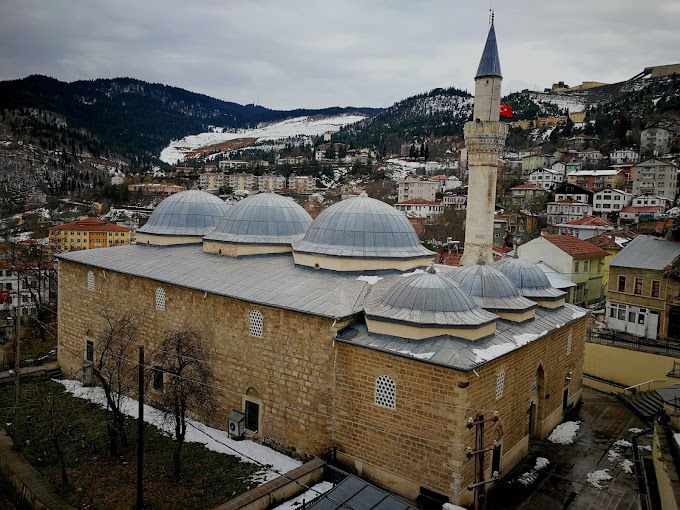Garipler Mosque
It is one of the oldest mosques of Tokat and Anatolia and is located in Pazarcık district. It rests on the slope of the hill where Tokat Castle is located along the western wall. The building, which is known as the Melik Danishmend Gazi Mosque in the Evkaf registers, and as Câmi-i Melik and Câmi-i Tokat in the land registry books, is known as the Garipler Mosque among the people. With the restorations made in recent years, the plan has lost its old characteristics in terms of masonry and decorations. However, the brickwork and glazed brick decoration of the minaret, XIV. The epitaph of the first half of the century is the most remarkable part of the building that has survived to the present day. The mosque is in Kuyûdât-ı Atîka, XIV. It is registered with the phrase "Kubbetü'l-câmii'ş-şerif bi-câmii Danishmend Gazi el-kâin bi-mahalle-i Yazıcık min medîne-i Tokat" in the Sayyid Ali Pasha Foundation No. 205 on page 172 of the Anatolian Foundation Book. According to this, the building was located in the neighborhood known as Yazıcık in the past. A. Gabriel admits that the building was converted from a Christian temple into a mosque. According to historical documents, it is understood that the first mosque was built by Danishmend Gazi in 1074. It was repaired many times during the Seljuk, Ilkhanid and Ottoman periods. The square planned structure, whose sides are approaching 20 meters, is far from giving a meaningful architectural style with its thick high walls and a closed mass with a flat facade. In its current form, the plan shows a central character. The support system, which determines the middle space, is separated from the side spaces by the alternative ordering of four piers and four columns. The square substructure support system thus formed is raised with pendentives at the top and is 7.5 m. attached to the diameter dome. The dome covered with tiles on the outside gives an archaic feature to the overall mass composition. The side spaces surrounding the domed middle space are vaulted and are in the form of volumes extending along the walls. 3.5 m. adjacent to the north wall and shifted to the right of the main axis. A second dome in diameter activates the cover system. This small dome, which is grooved from the inside, accompanies the large dome in the form of a tile-covered projection resting on a polygonal drum on the outside. The stone gargoyles just below the present roof indicate that the cover was once an earthen roof. The fact that the minaret rises from the inside of the building and from the northeast corner indicates that there was a period difference between the minaret and today's main mass. The outer brick body expands with the overflow of the masonry units and forms a substructure for the balcony. The minaret is the most original element reflecting the style of the Danishmend period in terms of its green glazed bricks on the honeycomb part and its general appearance. Although it does not belong to the first construction, the mihrab is one of the oldest parts of the mosque. The surface of the mihrab, framed by a broad inscription, is in the form of a recess that covers a large muqarnas cawsara at the top and a half hexagonal niche at the bottom. The bell-shaped columnar capitals giving the impression of spolia are quite plain. The jali inscription, which turns the mihrab, which is entirely made of stone, and contains the 18th and 19th verses of the chapter of Âl-i İmrân, rises from the bottom right and completes the line by turning on the top and left side. According to the master and the date inscription written in a smaller stack at the end of the line, the mihrab was built by Rasûl b. It was made by Muhammad in the month of Shawwal (June 1333) in 733. Four twisted columns, slightly tapering arches, and most importantly, these interventions to the mosque, which lost its characteristics after several construction periods, as it can be understood from the location of the minaret, ensured that this oldest artifact in Anatolia has survived to the present day.





